Neil and Harriet Pike, known to many as the Pikes on Bikes, have spent the last few years combining travelling by bike with hiking in the greater ranges of Asia and South America; using their loaded bikes to ride high altitude off-road gravel tracks before summiting peaks on foot. So far they’ve amassed over 1000 days of cycling and hiking, and over 45000km throughout Europe, Asia, and South America…
Their cycle touring and hiking experience has led to them penning two Trailblazer guidebooks: Peru’s Cordilleras Blanca & Huayhuash – The Hiking and Biking Guide, and the new (third) edition of the Adventure Cycle Touring Handbook – a cycle touring bible originally compiled by Stephen Lord, that should be on every cycle tourer’s bookshelf…
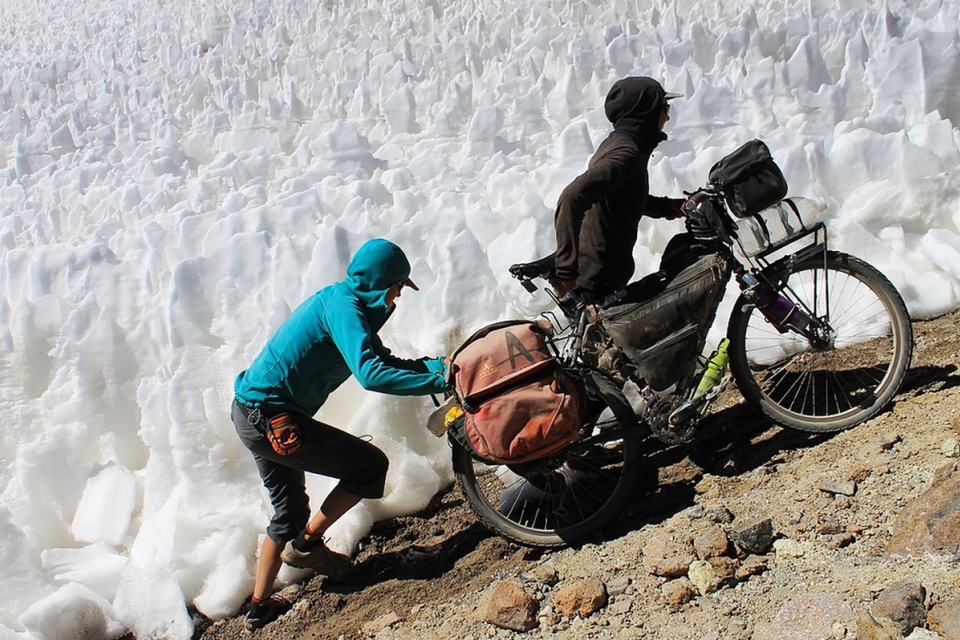
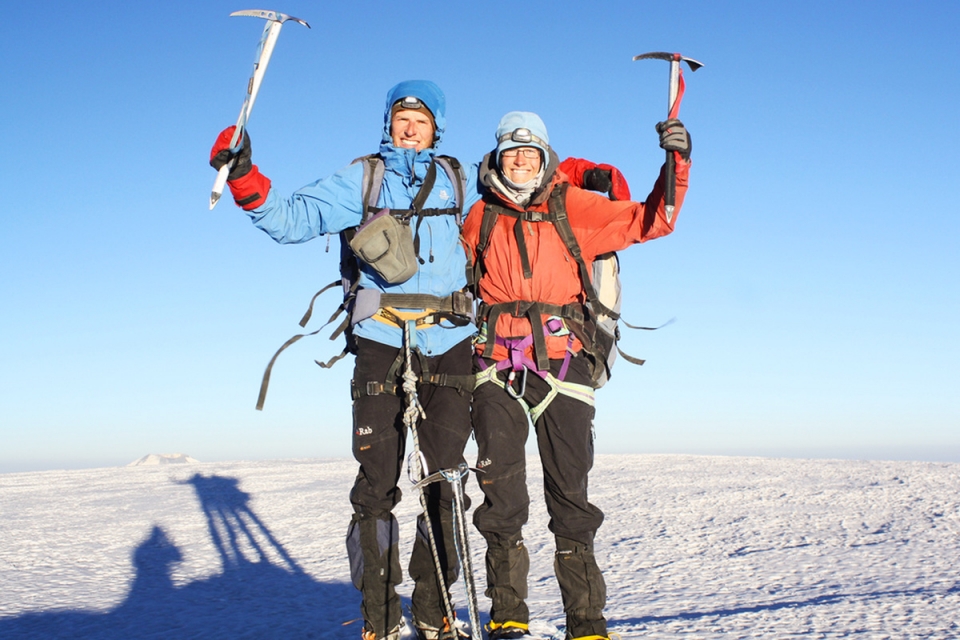
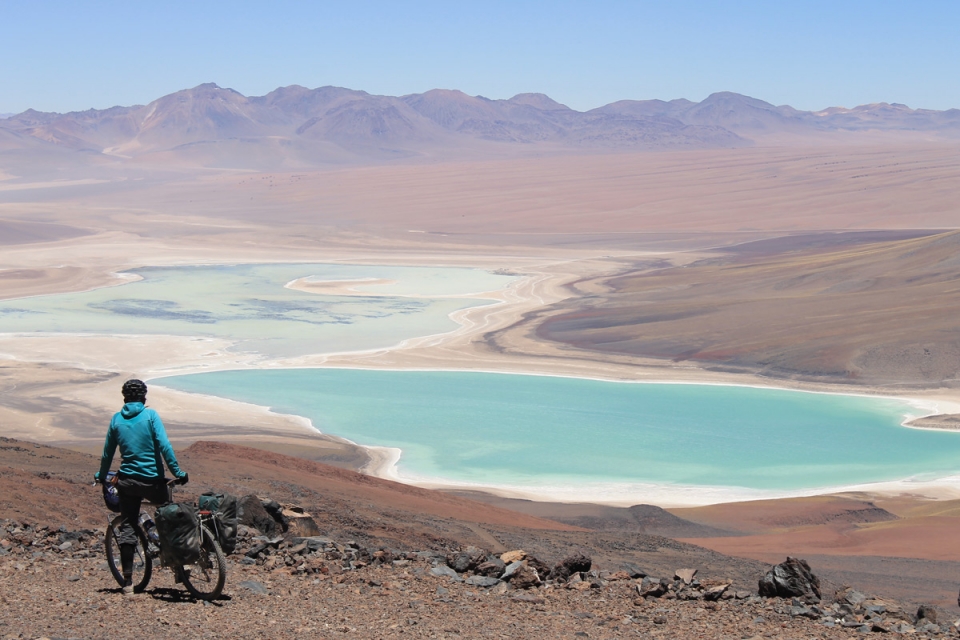
Stefan: “Hi guys, thanks for taking the time to share your inspiring photos and answers with us. Where are you now, and what are you both up to?”
Harriet: “We came back to the UK about a year ago, and have settled in Bristol. I’m working as an Adventure Travel Consultant at Swoop Patagonia, a cool little company who specialise in trips to Patagonia. After finishing the third edition of the Adventure Cycle Touring Handbook (ACTH), Neil did some work for a craft beer start-up and is now working at an accountancy firm.”
____________
Stefan: “It can be hard to find partners for adventures like yours! How did you guys meet? Are you both from ‘outdoors’ backgrounds?”
Neil: “We met trekking during a Raleigh International expedition in Chile back in 2002. We were always both reasonably sporty, but not really outdoorsy before then. Harriet did Duke of Edinburgh and orienteering before we met, but I’d not done any trekking or cycling until that first trip to South America.”
____________
Stefan: “From reading and hearing about your trips, you clearly get on well as a team – do you always travel together? Do you share roles or do you both have specific planning/navigation/camp/cooking roles?”
Neil: “I travelled and moved around a lot with my family as a kid, and I’ve backpacked a bit on my own. Harriet hadn’t travelled alone until a couple of months ago when she went on a work trip to Patagonia!”
Harriet: “I’m the chef, bike mechanic, website designer and DIY kit-maker. Neil does most of the route planning, jobs requiring language skills, the boring admin (like finding insurance), is the chief nest-maker (he gets the sleeping bags out and blows up the mats when I’m cooking) and washer up-er!”
____________
Stefan: “Your journeys are fairly unique – combining the two pursuits – have cycling and hiking always come together for you?”
Harriet: “The hiking came first. We spent a couple of years backpacking in South America and Asia, and after a while realized that hiking in the mountains was always the most fun part (I mean, you can’t get bored of mountains, but churches/museums/temples? zzzzzz). It was often hard to get public transport to trailheads though, but this problem was solved when we met some mountaineers in Pakistan in 2008 and they told us about this Swedish guy called Janne Corax who used his bike to access these remote mountain areas. A few months later we bought ourselves bikes in Turkey and started pedalling…”
____________
Stefan: “So, was this journey from Istanbul back to the UK your first big cycle tour? Did you have any aims for the trip, or were you just happy to ‘see what happened’?”
Neil: “Yep, that was the first time I’d ridden a bike in about 15 years, so it was a fast learning curve. My thighs couldn’t pedal up the gentle hills outside Istanbul on our first day, but luckily they slowly got stronger. We’d been backpacking for 18 months when we bought bikes in Istanbul, and our sole aim was to make it back home to Oxford in the 3 months we had until Christmas…”
____________
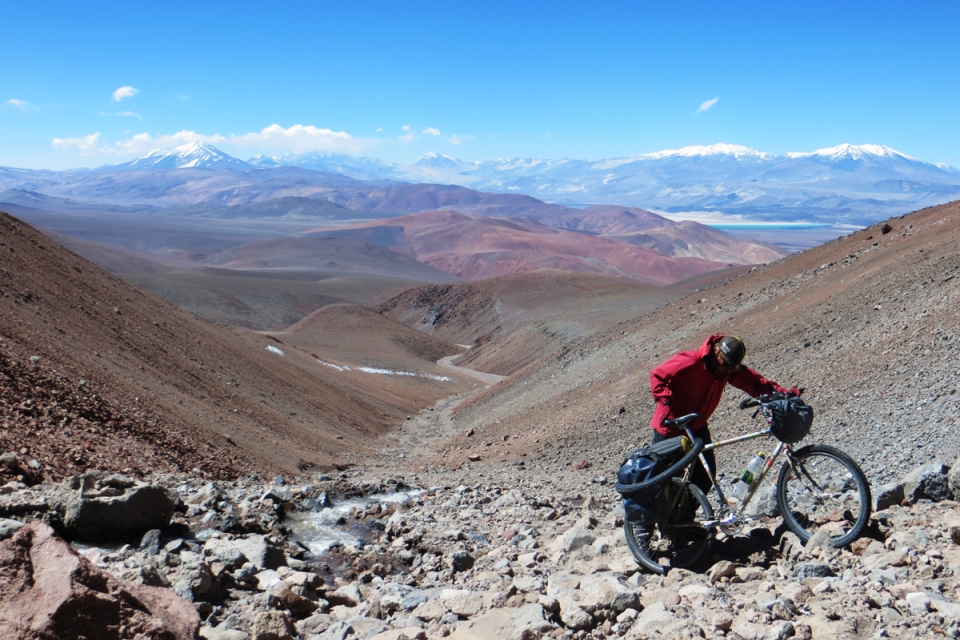
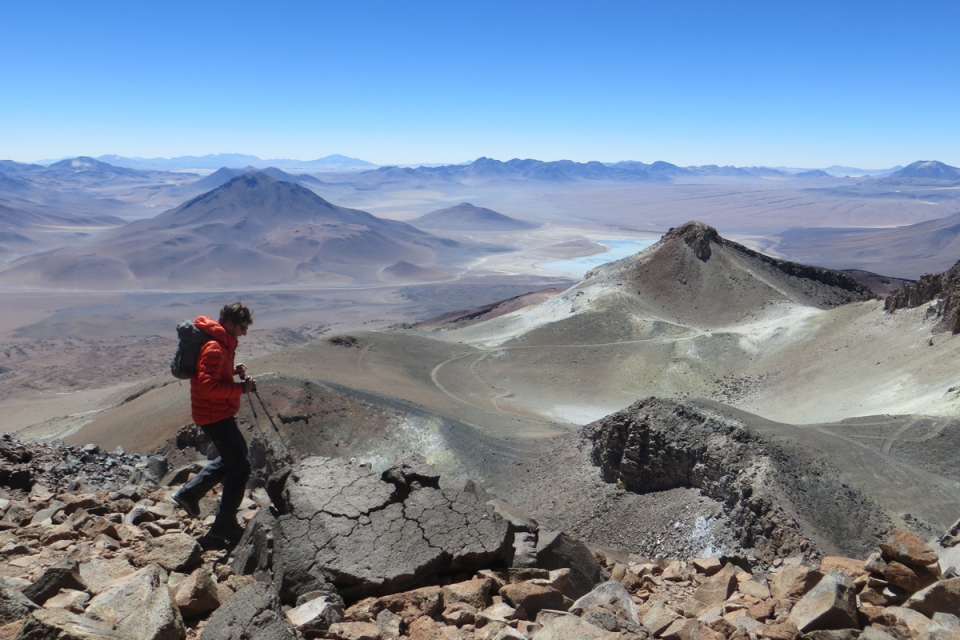
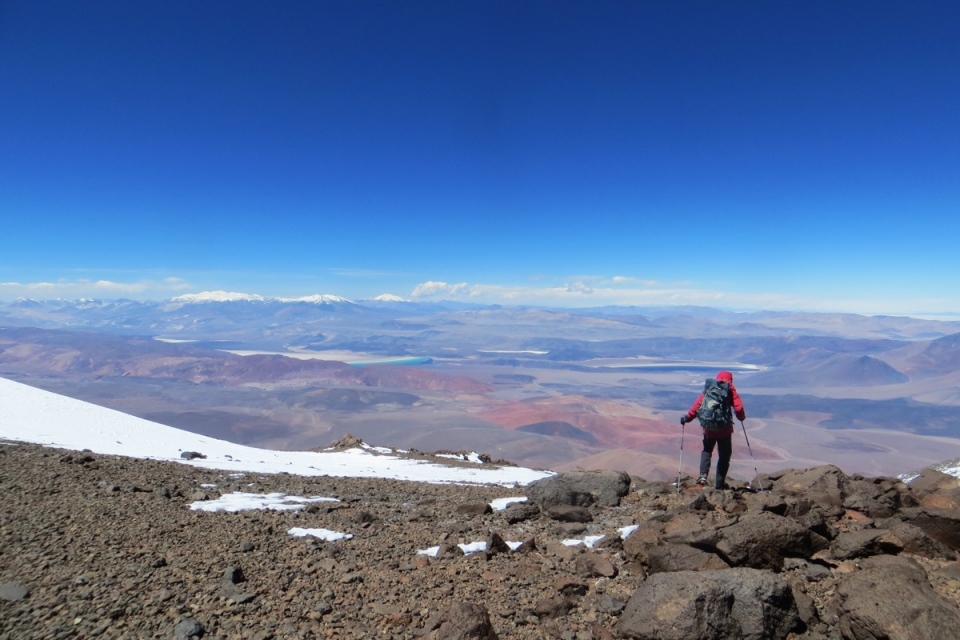
Stefan: “To begin your first South America tour you flew to Rio – how did you decide on a route or any plans? Maps? Advice? Neither? Did you have set peaks you wanted to climb and use the bikes as a way of travelling around? Or did you just see where the road took you?
Neil: “There were a couple of reasons we chose Rio: firstly the flight was cheap and TAM didn’t charge us for bikes, and also we’d never been to that part of the world before and wanted to visit Iguazu and Buenos Aires. We didn’t plan routes in detail back then, so our plan was just to make it south to Ushuaia on Tierra del Fuego. We bought paper maps locally and followed them, changing route plans by the day, though always having Ushuaia in mind as a goal. After reaching Ushuaia, we started heading north, and bumped into Janne Corax, who inspired us to take more remote routes, which have required a lot more planning.”
____________
Stefan: “Can you possibly describe pushing a loaded bike at 5650m, over the flanks of Pissis in Argentina? Or riding at 5750m on Uturuncu in Bolivia?”
Harriet: “Slow! It’s all in your mind though – that push took us nearly 3 days (but meant we avoided a 10 day detour by road), but as we’d expected it to be slow, it was ok. We find it’s frustrating when roads that we expect to be fine and rideable, aren’t. There are some steep bits on Uturuncu at over 5000m, and even though we were really acclimatised, I thought my lungs were going to explode! We were having to stop every 100m on some sections just to catch our breath.”
____________
Stefan: “What is your best advice for people wanting to follow in your tracks and travel to South America and the Himalaya?”
Neil: “Get your seasons right…it can mean the difference between pootling along in the sun, and dragging your bike through snow, into a hurricane, whilst simultaneously trying to dodge lightning bolts! And be prepared for some long climbs (though gradients are nothing like in Devon or the Lake District, so in some ways it’s much easier)…”
____________
Stefan: “And so, how do you manage the kit dilemmas with cycling and hiking – things like temperature fluctuations and carrying everything for both pursuits on the bike?”
Neil: “To start with we just carried all our hiking and biking kit with us for the entire trip, which was slightly ludicrous at times, like when we had crampons in our panniers and were cycling in 35C on the Argentine pampa. But all our recent trips have been in mountainous areas, and most of the camping kit and clothing you need are the same for both hiking and biking. Things like walking boots, big rucksacks, walking poles and crampons we try not to carry when we’re on a cycling-only part of our trip. In places like Peru you can send parcels on ahead on the buses, so we try and do that. When we’re riding to mountains to climb them, we just have to accept the heavy bikes.”
____________
Stefan: “For those with more time constraints – if you could choose a couple of 2-4 week sections of your many journeys to ride again, what would they be?”
Harriet: “The Cordillera Blanca and Zanskar for scenery; the Puna de Atacama and parts of the ‘Peru’s Great Divide’ route for remoteness. Albania was a lot of fun too…”
____________
Stefan: “Given the travelling you are doing, the choice of bike would be really important to most people. Is that something you seriously considered before going? What bikes have you had? You’ve got Surly Long Haul Truckers (LHTs) now – is that your bike of choice after testing a few?”
Harriet: “On our first tour we bought hybrid alloy bikes in Istanbul. They were cheap and we simply strapped a dry bag on the rack and went; I liked the simplicity of that setup. Our spokes started to ping in Belgium and my chain started to slip as we hit Hertfordshire, but they did the job. After much deliberation we bought LHTs in 2009 and have used them on all our trips since. The complete bike was ideal at the time, though we’ve switched the drop bars for straight bars which are much better on the dirt roads we love, where you need more control over steering. At the moment we’re shopping around for something more off-roady like a Surly ECR or Troll, or a Genesis Longitude, but LHTs have been very versatile and I have no doubt they could serve us well for many years to come.”
____________
Stefan: “Are the bikes (and components) important to you or do you see them as a means to an end? Did either of you have any bike/mechanical knowledge or was it a case of learning as you went?”
Neil: “At first they were a means to an end. Harriet has always been a gear geek though, and while I used to catch her looking online at tents and down sleeping bags, nowadays it’s more likely to be handlebars and framebags. I’m still just happy if my bike doesn’t break when we’re in the middle of nowhere. Neither of us had any bike or mechanical knowledge when we started; Harriet learnt as we went but seems more interested in taking bikes apart rather than actually maintaining them!”
____________
Stefan: “Excluding the bikes and luggage, what 3 items could you not have been without?”
Neil: “A buff, mountaineering gloves, and Inca Kola.”
Harriet: “My 4 season sleeping bag, Rab Powerstretch leggings, and mountaineering gloves.”
____________
Stefan: How did you go about carrying 18 days of food and 17 litres of water on the bikes? What were you eating?
Harriet: With a bit of difficulty, though mostly because of the weight rather than the space it took up. Water was in plastic coke bottles and a 10 litre water bladder. We took the lowest volume food – porridge, bulgur wheat, instant mash and spaghetti rather than pasta shapes. Chorizo, salami, fresh garlic and olive oil were all great for keeping things interesting. I dried carrot and mushrooms in the Atacama sun, so we wouldn’t get scurvy.
____________
Stefan: “There are photos of you with your bikes in precarious places! With the bikes in tow, you need to do circular hikes (or take them up with you). How much does using the bikes restrict your plans? I guess it lets you get to places you otherwise couldn’t in the first place?”
Neil: Often the bikes are the only way of accessing remote areas without hiring a driver and 4×4, so they open up possibilities rather than restricting them. The only occasion we’ve found so far where they were restricting us was in Nepal which has few roads in the mountains; we ended up dumping the bikes in a town and crossing the country on foot.
____________
Stefan: Have you travelled by bike much in the UK, or have you always felt the urge to head further afield?
Neil: We know Perthshire quite well as my parents live up there, and cycled to their house from Oxford a few years back. We don’t know the rest of the UK at all well though, but have joined Avon Mountaineering Club here in Bristol and are slowly putting that right by going on regular weekend trips to hilly UK areas!
____________
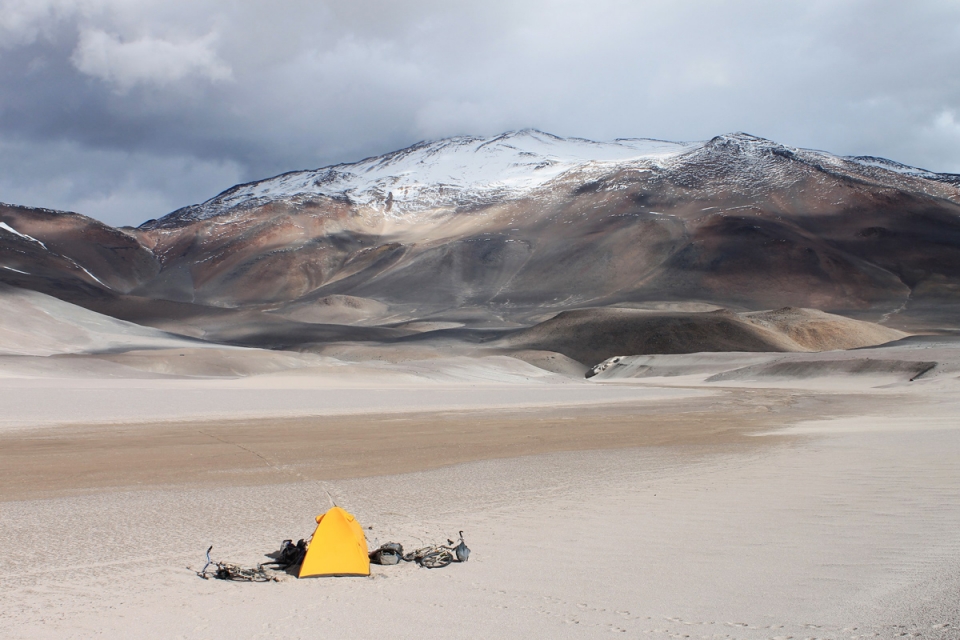
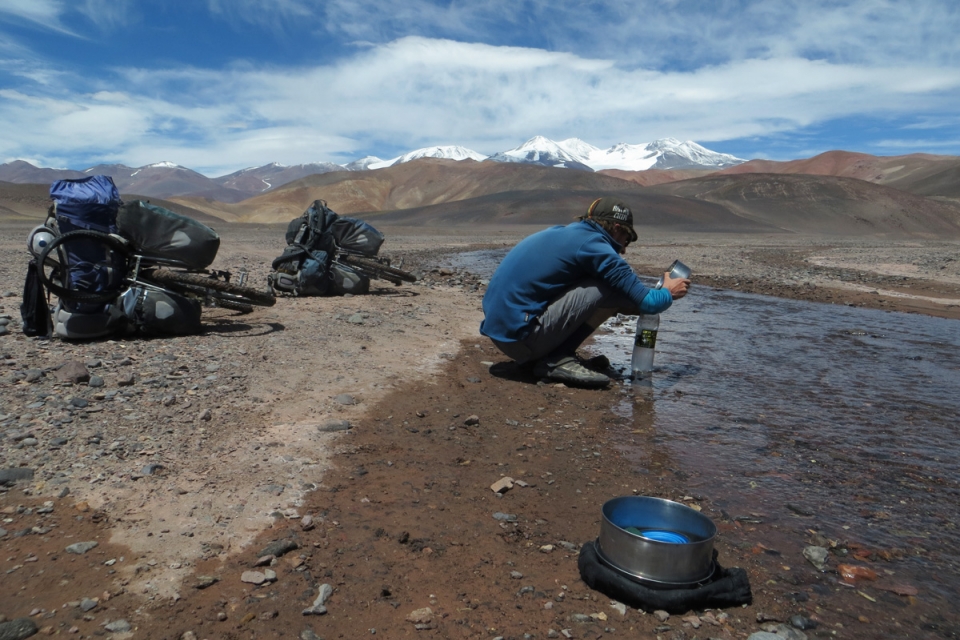
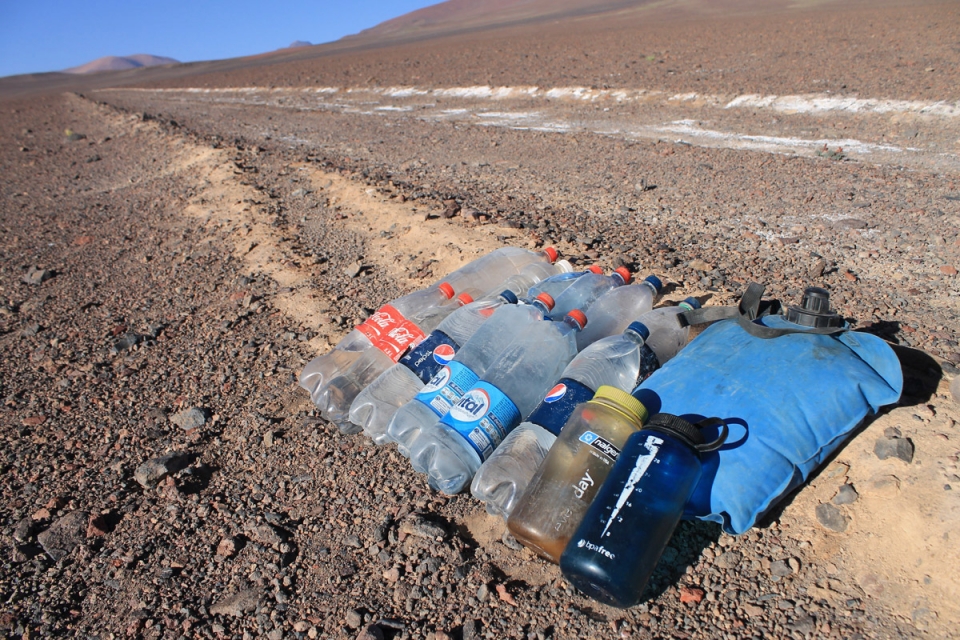
Stefan: “Guidebooks aren’t always useful for the sort of off the beaten track adventures you are doing. The Peru book for Trailblazer took you more than a year to write – did you set out to write a guidebook, or did that just happen because you realised you wanted to share your experience and knowledge?”
Harriet: The Cordilleras Blanca and Huayhuash in Peru are places we had been wanting to go for years, but somehow we had never got there. We knew it had awesome routes as its treks are regularly voted among the best in the world and we had also heard there was some great cycling. We asked Trailblazer if they’d be interested in us writing a guide to the area, and luckily they said yes! What followed was a year of cycling every road and trekking as many trails as possible in the Cordillera, from challenging off-the-beaten track hikes, to easier and more popular routes which are on many backpackers’ itineraries. For keen trekkers and mountain bikers there are months of beautiful and often ancient trails, whilst for cycle tourists there are roads that cruise past glaciers. You’ve got to like climbing though as it’s never flat, and you also have to be happy on a mixture of dirt roads and tarmac.
____________
Stefan: “How did you come round to updating the Adventure Cycle Touring Handbook? What can people expect from the 3rd edition? Was it a case of needing to update information or are there additional sections/more detail – in particular South America?”
Harriet: “We met Stephen Lord (who wrote the first two editions of the ACTH) at a Royal Geographic Society event a few years ago and kept in touch. It was a huge honour when he asked if we wanted to update his guide – when we set off from Istanbul in 2008 we had no clue about bikes or touring and his book greatly helped with practical advice and by giving us enough confidence to actually set off.”
Neil: A generous team of cycle tourists has helped us rewrite the route information section. There’s more emphasis on Latin America, but also on countries in other parts of the world that have become more popular with adventure tourers in recent years. We’ve updated the bikes and kit information and have included information on bikepacking and touring on fatbikes or 29” wheels as well as more traditional set ups. There is a new ‘on the road’ section and we have many more female contributors than in previous editions, as well as some great new ‘Tales from the Saddle’. “
Harriet: “The real message we were given by the earlier editions of the Handbook is that you just need to grab a bike and go, but that with a little planning and preparation you will greatly improve your trip. We have tried to stay true to this and make people understand that with a bike there are a world of adventures waiting for you, but it must be your adventure: go where you want and do it your own way, whether that means carrying your entire wardrobe in your panniers or just a seatpost bag with a toothbrush and roll of duct tape in it.”
____________
Stefan: “So, one of your own guidebooks on Peru and the 3rd edition of the ACTH out, what can we expect from you two next?”
Neil: “Aah, a rest from writing, and our weekends back! More time riding bikes and going hiking, with hopefully some exploration of Scotland…and possibly a cheeky trip back to the Andes. We’re also hoping to learn to rock climb, which is something we’ve been meaning to do for ages, and will maybe mean we can start climbing more of the technical mountains in the Andes, rather than just the walk-ups…”
____________
Thanks guys – we look forward to seeing the updated Adventure Cycle Touring Handbook later this week, and combining cycle touring with rock climbing sounds like the perfect next step; especially if Kyle Dempster’s The Road from Karakol journey is anything to go by…